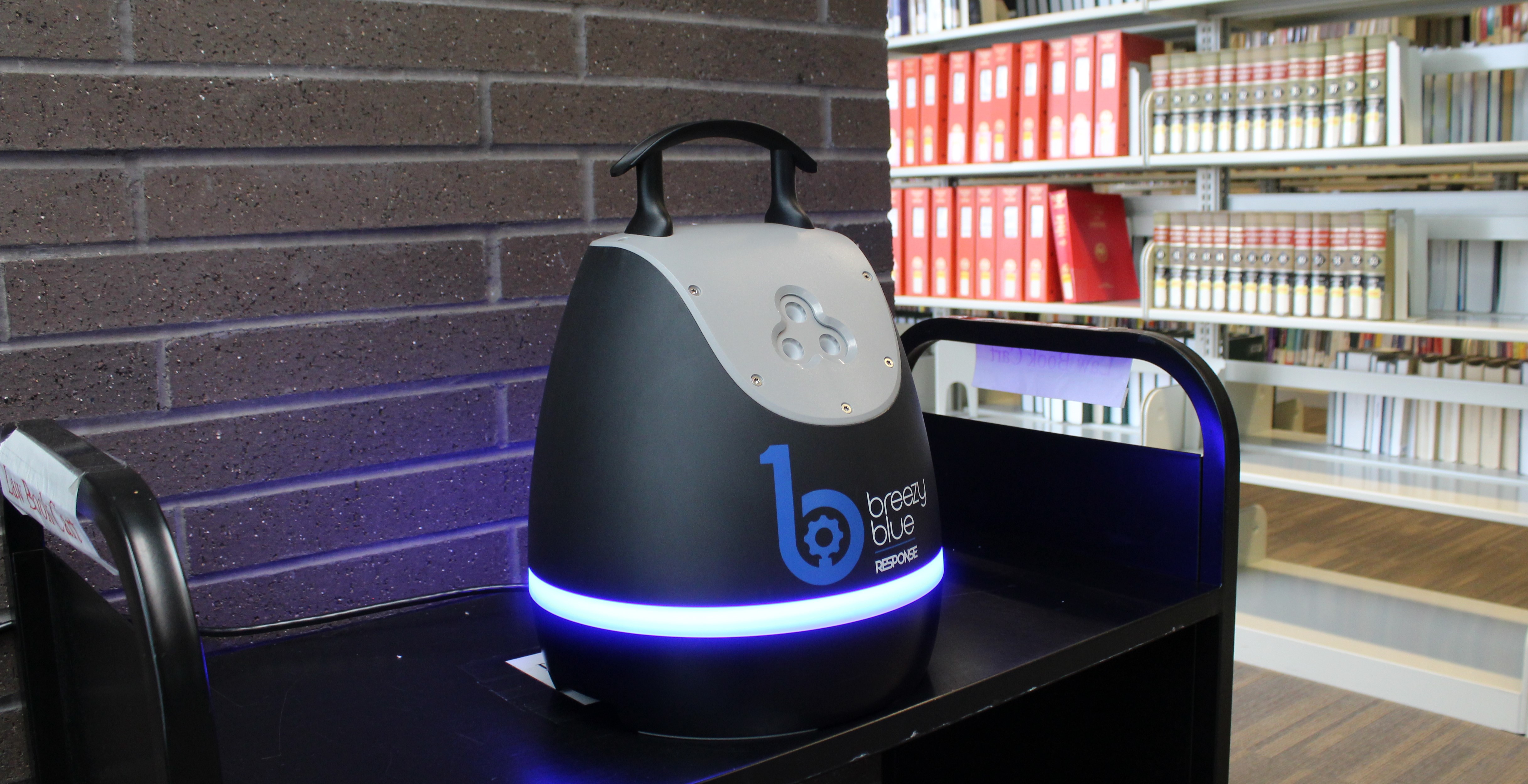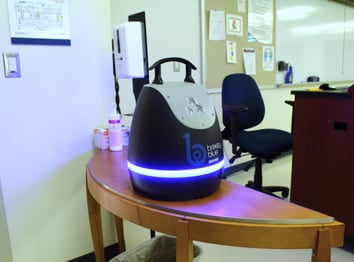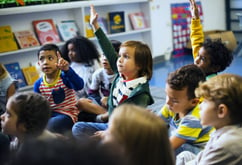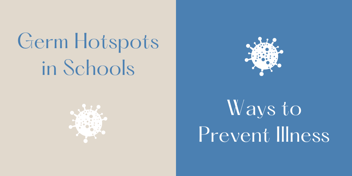
Protecting Students & Staff from Back-to-School Winter Illnesses
After the holidays, children can be eager to return to school to see their friends and show off their fancy new gifts. However, this time also brings a variety of illnesses that can spread quickly in schools and daycares. It is crucial to start teaching children good hygiene habits when they are young to avoid the spread of sickness between students and their families.
Understanding Common Winter Illnesses: COVID-19, Flu, RSV
In the past few years, COVID-19, the flu, and RSV have been highly prevalent during the winter months (learn more about the “triple-demic” in this blog). These illnesses are all highly contagious, airborne, and affect the respiratory system, so they are hard to contain and can be very dangerous. Schools are always a high-risk spot, with hundreds or thousands of students and staff members being in close contact for 8 hours a day, 5 days a week. When children go back to school after the holiday break, they typically bring colds and other illnesses with them.
Based on data from 1982 to 2022, the CDC has found that February is typically the month when flu activity peaks. January and December are also high transmission months. Additionally, experts claim that 2024 has started off with the second largest COVID-19 surge. So, as children are sent back to school this year, make sure they are being careful and that they are in a healthy learning environment.
How to Prevent Illness in Your Home
Winter illness may feel inevitable. However, amidst the chill, there exist numerous strategies to shield your household from winter-related ailments. Prevention is key!
1. Get vaccinated.
Everyone is recommended to get their flu shot every year, and it looks like COVID boosters will become a yearly addition. It may make your arm ache for a day or two, but vaccines are one of the strongest defenses against these illnesses.
2. Wash your hands.
Frequent handwashing with soap and water removes germs and prevents the spread of sickness. Hand sanitizer can also eliminate germs, so it’s best to keep some handy when you leave the house.
3. Teach kids better habits.
Ensure your children or students know how to properly wash their hands. Additionally, they need to be taught to cover their mouths and noses when coughing or sneezing. It is also helpful if they limit how much they touch their eyes, noses, and mouths. Although sharing is caring, it may be best to avoid sharing personal items, which often carry germs. These habits may take a while to stick but will be helpful in the long run.
4. Establish healthy routines.
Getting plenty of rest, eating a healthy diet, and regular exercise can support immune systems and children’s overall health.
Promote a Safe Learning Environment
Schools need to provide a safe and healthy learning environment for students. This includes regular cleaning and disinfection of high-touch surfaces, promoting cleanliness in common areas, and having well-ventilated classrooms. Poor air quality contributes to the spread of pathogens, so ventilation and air filtration are important preventative measures that a school should consider. Daily disinfectant fogging can eliminate germs and improve indoor air quality in one quick step. Breezy Blue is a smart fogger that removes over 99.9% of germs from surfaces and the air, leaves no odor or residue, and uses automation to make the disinfection process quick and easy. In one school, Breezy Blue helped reduce nurse visits by 39%.
Getting sick in the wintertime feels like a common part of life, but there are ways to stay safe from the yearly triple-demic. By taking preventative measures, you can help keep your family healthy all winter long.
Subscribe to Our Newsletter for More





